2010 Citroen C3
With a windshield that’s w-a-y longer than its roof, Citroen‘s new C3 is sure to stand out among the hordes of small hatchbacks that crowd the streets of European cities. The 53-inch long piece of glass, officially dubbed Zenith, will be fitted to 50 percent of C3s built, estimates Citroen product development chief Thomas d’Haussy. This will be a lot of cars. The previous generation C3 sold a neat 2 million over its eight-year life.
Zenith, which will be standard in high-grade C3 models and a (Euro 400) option in most others, makes the new incarnation of Citroen’s best-seller a lighter and brighter experience. The huge expanse of glass, the rearmost foot of it progressively tinted, creates a forward view that feels more bubble-cabin helicopter than car.
And, if Citroen officials are to be believed, the experience comes without serious side-effects. The barely perceptible tinting reflects more than 90 percent of solar energy, so a Zenith C3 shouldn’t be much hotter than a C3 with a conventional windshield. Crash safety is not compromised (Citroen has slo-mo video of barrier tests to back this claim). Replacement costs for a damaged Zenith windshield should be similar to the standard item, it’s promised.
Behind the attention-grabbing windshield, the C3 is a fairly conventional member of Europe’s most popular ‘B-segment’ car category. The exterior redesign is evolutionary, but while it is clearly descended from the previous C3 it’s also crisper, better proportioned and more masculine looking.
The new Citroen also bucks the long-term trend to auto-obesity. While the C3 has expanded in some directions, it hasn’t put on weight with the growth. Although built on the same wheelbase as the previous generation, the new C3 is a little longer and taller, but significantly wider. A Japanese-like part-by-part weight review program during development was used to curb the usual auto industry tendency to weight gain. The new torsion-beam rear suspension, for example, weighs almost 30 pounds less than before, even though its track is increased more than two inches. A C3 without the Zenith windshield weighs no more than the model it replaces, and the additional weight (a little less than 30 pounds) of the big piece of glass and its associated hardware — like the sliding interior cover with integrated sunvisors — isn’t enough to alter the fuel economy rating of cars thus equipped in the official European combined-cycle test.
Citroen’s other focus during development of the C3 was to improve quality, especially of the interior. Having watched and learned from Toyota during joint development of a small car (sold as the Toyota Aygo, Peugeot 107 and Citroen C1) earlier this decade, and having applied the principles in larger models of their own, Citroen’s designer and engineers aimed for a significant lift in interior ambience with the new C3.
They were fairly successful, and the materials and assembly quality of the car’s interior are much closer to European benchmark brands (VW and Audi) than the French have ever been in the past. ‘Technical’ patterns on instrument panel parts, satin-finish accent pieces and the tasteful application of chrome creates an interior environment that’s well above average for the class. Despite the lift in quality, Citroen isn’t increasing C3 prices compared with the outgoing model.
There are also some clever practical design features in the new model. The front passenger seat in the C3 can be moved more than three inches further forward than the driver’s seat thanks to smart sculpting of the instrument panel and (still large) glove compartment, freeing additional leg room for the person riding in the seat behind.
Powered by a bunch of carry-over engines and transmissions, performance of the new C3 is just like the previous model. The most powerful gasoline engine is a 1.6-litre 16 valve unit with 119-hp (there are also 1.1-litre, 1.4-litre and a low-power version of the 1.6-litre). There are also a number of turbocharged diesel options, as is common in Europe. Top of the list is a 1.6-litre 16 valve with 109-hp and a standard particulate filter (others are a 1.4-litre and a 1.6-litre eight-valver with 89-hp).
The two engines sampled at the international launch north of Rome, Italy, were the 119-hp gas and the 89-hp turbo diesel. These are both nicely refined little engines, and well able to keep pace with autostrada traffic. But the five-speed manual transmission that’s standard in everything except the most powerful turbo diesel, which gets a six speeder, is no better than average.
Citroen’s lack of automatic options — a torque converter four-speeder is an option only with the 119-hp gasoline engine — points to the brand’s European market focus. But the French insist they’re serious about expanding Citroen’s global reach (although they’re targeting growing China rather than the shrinking US market). To make the C3 more palatable in places where stick shifting isn’t the norm, they’re planning to launch automated versions of their five- and six-speed manual transmissions through 2010. And an all-new, super-efficient three-cylinder gasoline engine is promised for 2012 release.
From an enthusiast perspective, driving the C3 isn’t a thrill. The set-up of the suspension is comfort biased; while it delivers a smooth ride on most surfaces, it doesn’t care to be rushed through corners. In any case, the electrically assisted steering is almost completely feel free, soon discourages eager driving.
Better, then, so sit back and enjoy that enlarged view through the Zenith windshield. More than anything else, it’s that big piece of glass that makes driving the new C3 a memorable experience…
Sourced via motortrend.com

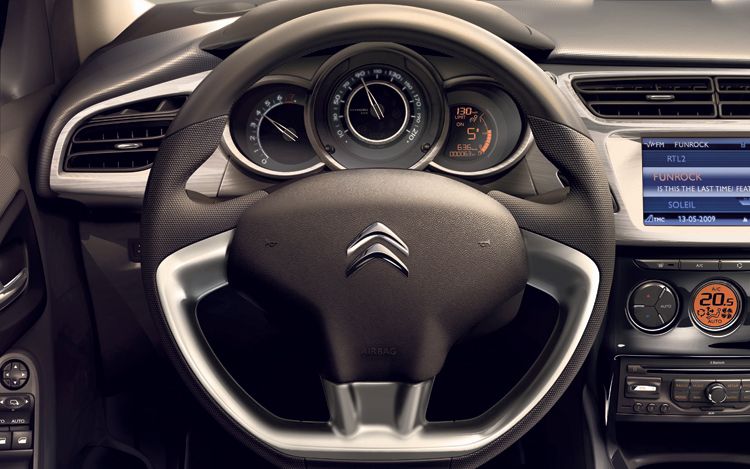

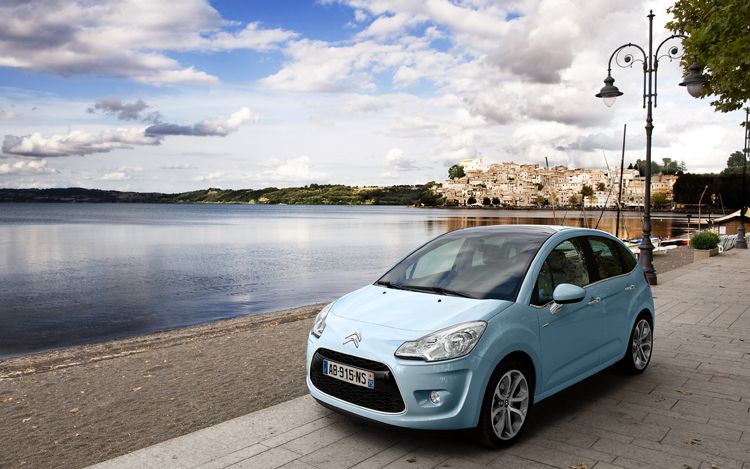
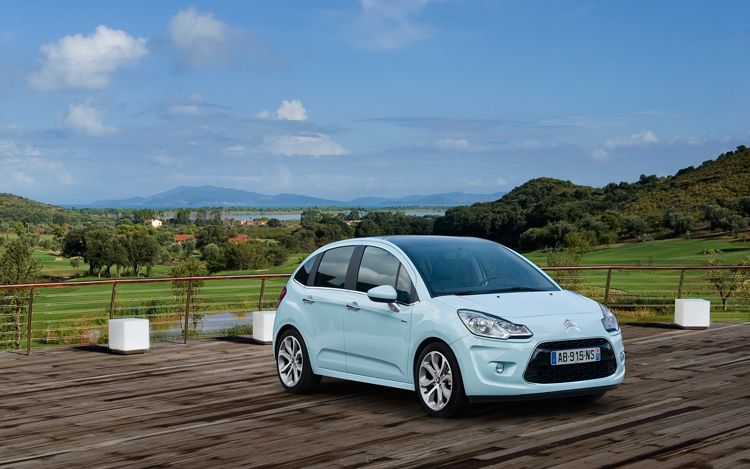

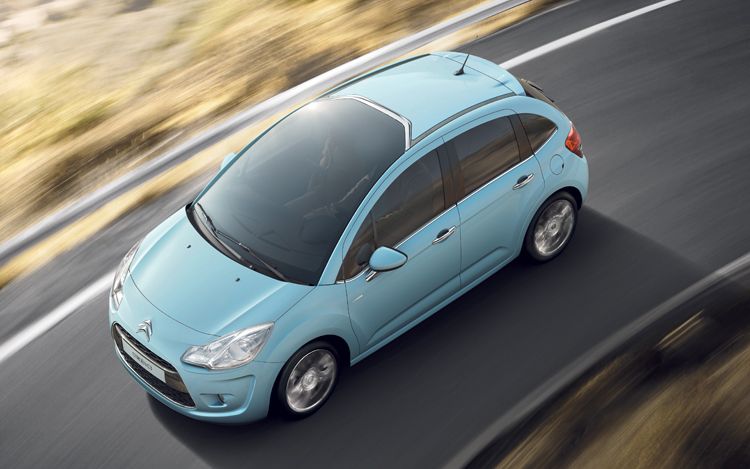
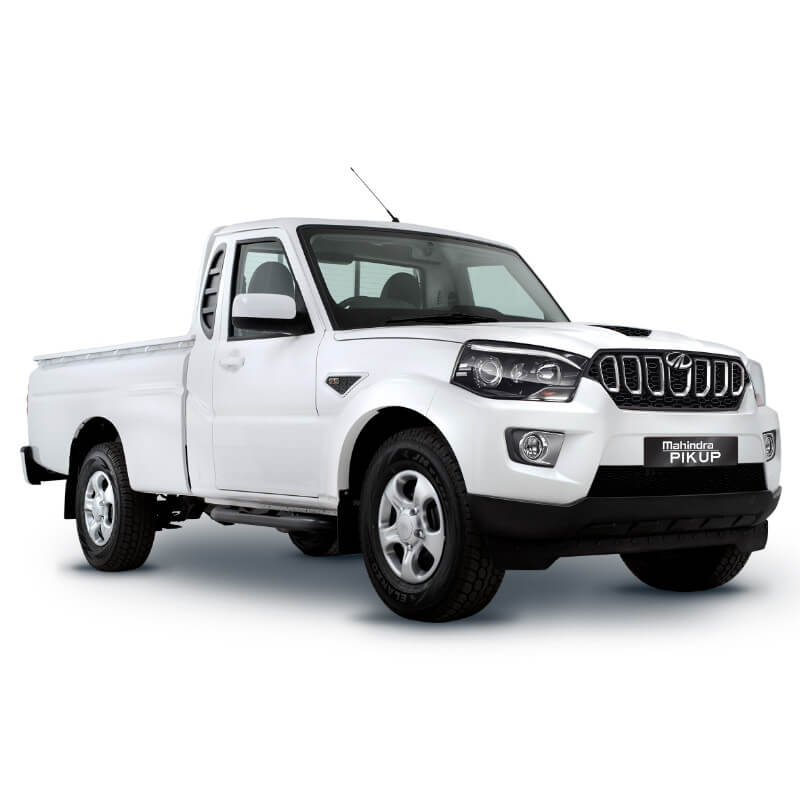




When is the official launch of the new C3 in south Africa?
Hi Colin
Not 100% sure but i can find out for you. Are you a big fan of the c3?
It was on last night at Movida in Sunninghill, Johannesburg.